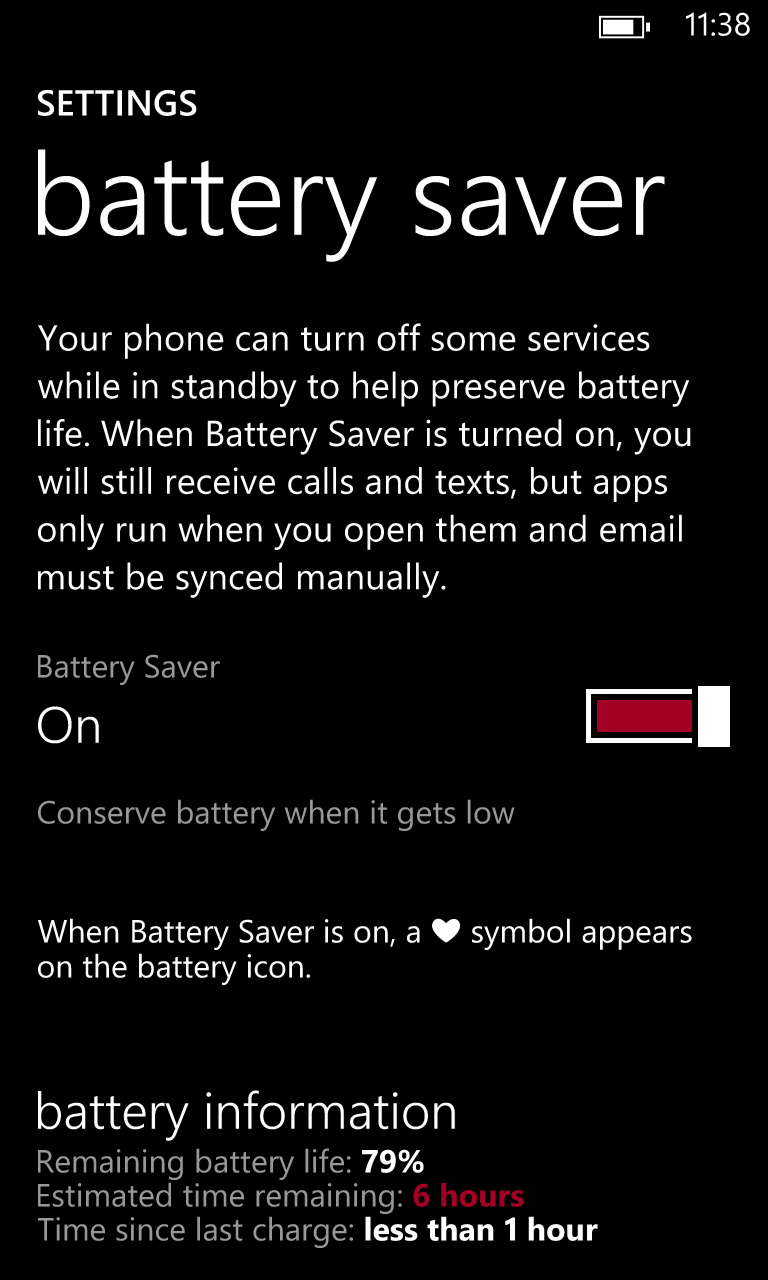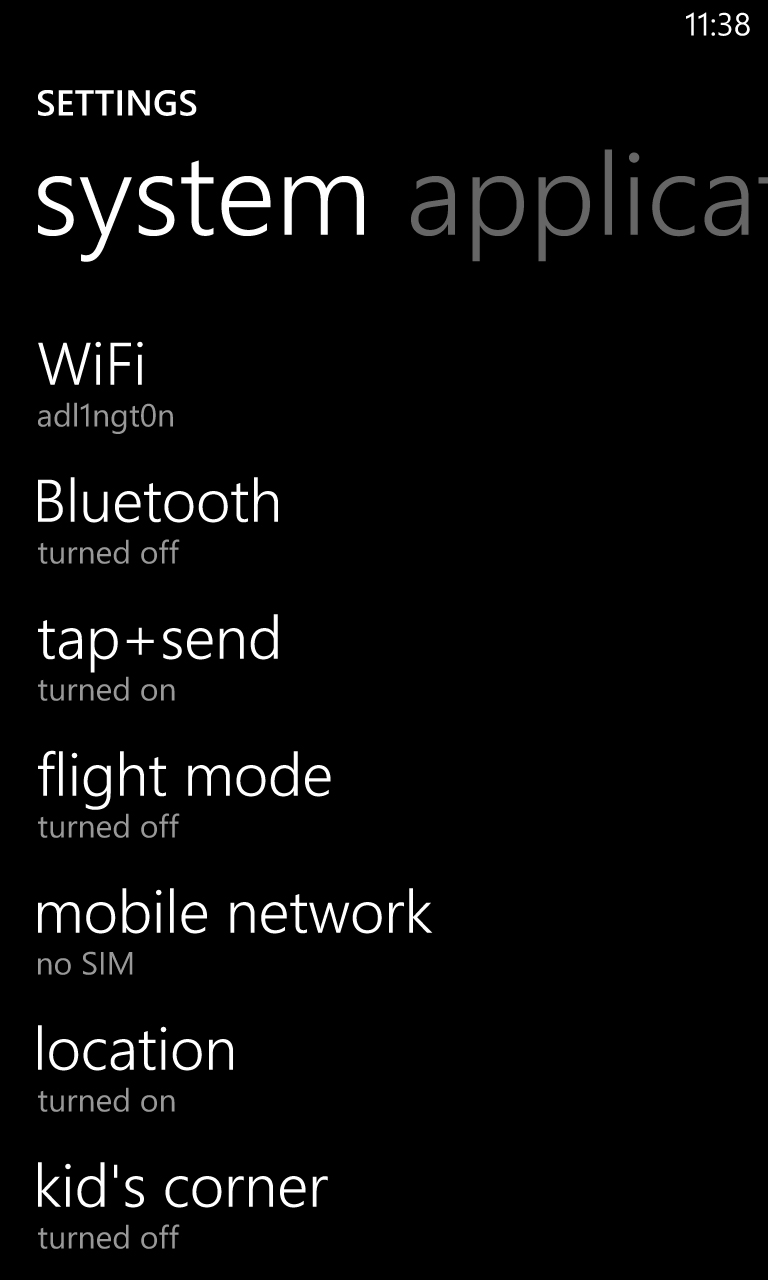Why you can trust TechRadar
Battery life
The Nokia Lumia 925 has a 2000mAh battery, which is exactly the same size as the battery found in the Nokia Lumia 920. Unfortunately we weren't too thrilled with the battery life of the Nokia Lumia 920 and you can't remove the battery either, so if you had thoughts of carrying around a spare that won't be an option.
The good news is that in practice we didn't find the battery to be too much of a problem. It's not brilliant but we reckon it's an improvement over the Nokia Lumia 920.

The battery stats released by Nokia support that too, since they claim it can manage up to 440 hours of 3G standby time or 12 hours 40 minutes of 3G talk time, both of which are higher than the corresponding figures for the Nokia Lumia 920.
Curiously though, it apparently can't manage to play music for quite as long, coming in at 55 hours compared to 67 hours on the Nokia Lumia 920.
When testing the Nokia Lumia 925 we found that the battery would just about get through the day, but only just. To be fair though we were using it a lot more than most people probably use their phones on a day to day basis.
With more frugal use you might get a day and a half, but we'd be surprised if you manage more than that unless you really don't touch it. Nokia has seen fit to include a battery saver option though, which when activated will turn off most background processes to conserve battery.
We played a 90 minute video on the handset with Wi-Fi turned on, the screen at full brightness and emails and social networks set to automatically push to the phone. The Nokia Lumia 925 started at 100% battery and dropped to 83% by the end, which is reasonable but not amazing. It matches the likes of the Galaxy S3 though, which many have found to be an adequate companion for all-day use.
We'd say the battery isn't really a liability, but if you're a power user you're going to want something with more juice.
Connectivity

The Nokia Lumia 925 has most of the connectivity options you could hope for. There's dual-band Wi-Fi 802.11 a/b/g/n, DLNA support, the ability to set up a Wi-Fi hotspot, GPS, 3G and even 4G. There's obviously also Bluetooth, though it's version 3.0 rather than 4.0, which excludes any future low-power BT sensors.
Then there's NFC support, enabling you to share images, websites and more with other NFC-enabled devices by tapping them together, or more precisely by turning NFC and Bluetooth on, selecting Share, then Tap + Share, then tapping them together, so it's not quite as seamless as we'd like.
The only features notable for their absence are an infrared port - which we weren't really expecting but which some other high-end handsets, such as the HTC One, have started including - and wireless charging, which was a feature of the Nokia Lumia 920 so it's a shame that it's not included here too. However, removing it likely helped get the weight down, which was probably a worthwhile trade off.
All the connectivity options can easily be turned on and off from the Settings screen, though we wish that it was possible to toggle some of the more frequently used ones either from the Start screen or better yet from anywhere, since it's a pain to have to dig into the Settings screen every time you want to turn something on or off.
Getting content on and off the phone is made as straightforward as possible, since it's basically just plug and play - connect the phone to a computer then you can copy and paste or drag and drop to your heart's content. A massive improvement over Windows Phone 7.
James is a freelance phones, tablets and wearables writer and sub-editor at TechRadar. He has a love for everything ‘smart’, from watches to lights, and can often be found arguing with AI assistants or drowning in the latest apps. James also contributes to 3G.co.uk, 4G.co.uk and 5G.co.uk and has written for T3, Digital Camera World, Clarity Media and others, with work on the web, in print and on TV.
